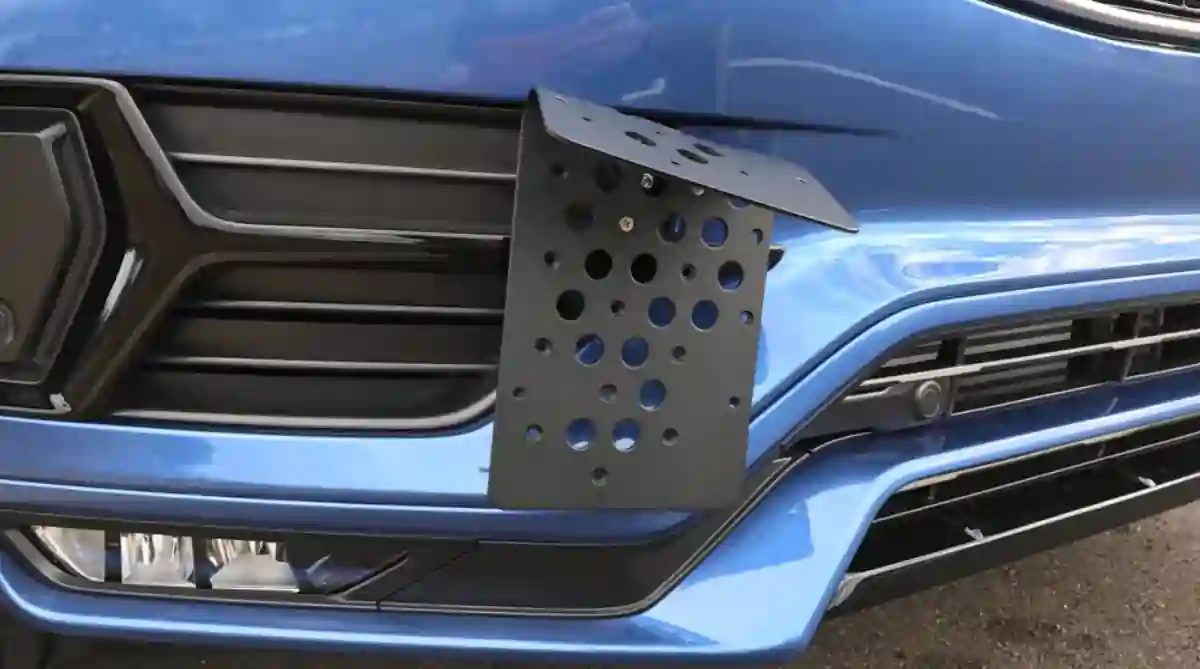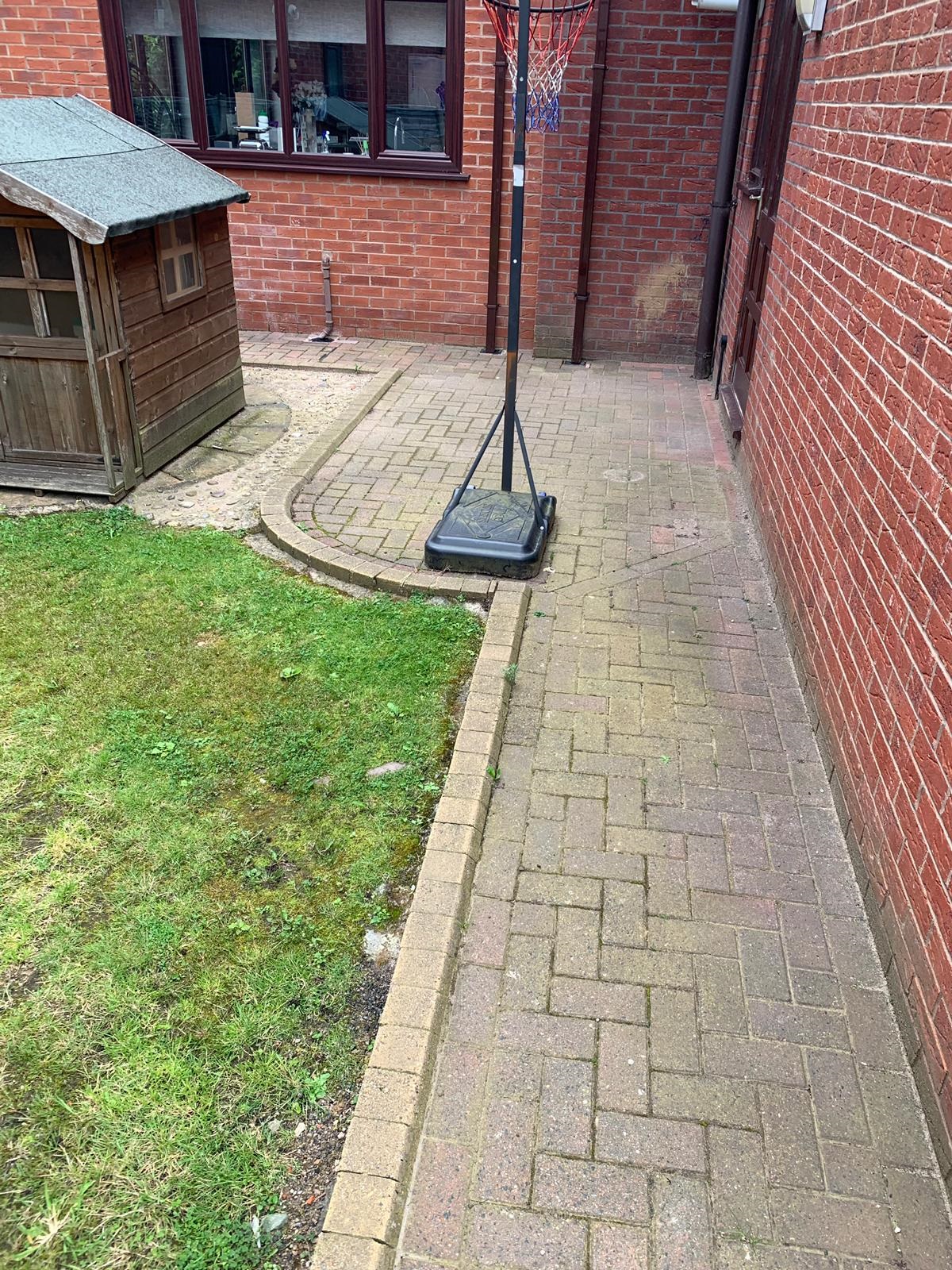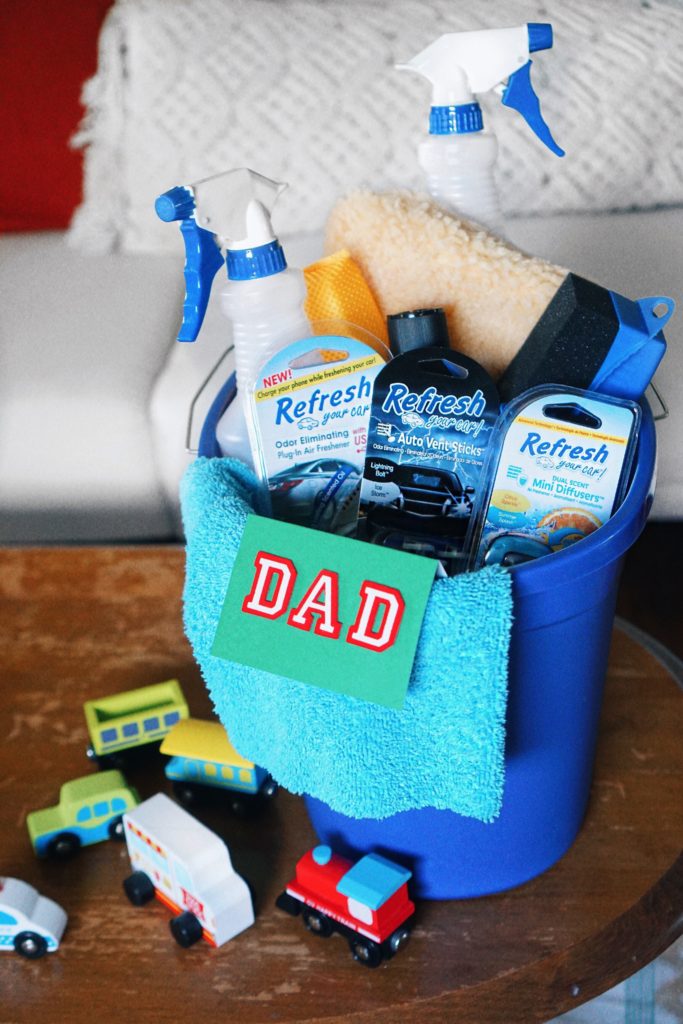
Have you ever noticed how the seemingly mundane aspects of our lives can sometimes lead to unexpected and frustrating consequences? We often take for granted the convenience and efficiency of services designed to make our lives easier. Think about it – you’re running late, your car is covered in grime, and the automatic car wash beckons like a shining beacon of cleanliness. You eagerly pull in, pay your dues, and patiently endure the whirling brushes and forceful sprays, confident that you’ll emerge with a sparkling clean vehicle.
But what if that convenience came with a hidden price? What if the very act of cleaning your car inadvertently damaged a seemingly insignificant, yet legally crucial, part of your vehicle? We’re talking about your license plate. These metal rectangles, essential for identification and registration, are often subjected to the same forceful treatment as the rest of your car during a wash.
It’s easy to overlook the potential for damage. After all, the focus is usually on the gleaming paint job and spotless windows. But the relentless pressure of the brushes, combined with the age and condition of the plate itself, can lead to bending, warping, or even complete detachment.
The implications of a bent or damaged license plate can be surprisingly significant. It can lead to legal issues, difficulty in vehicle identification, and even problems with automated toll systems. A seemingly minor aesthetic flaw can quickly escalate into a major headache.
So, what’s the connection between a routine car wash and a potentially problematic license plate? Is it a widespread issue, or just an isolated incident? The answer, as with most things, lies somewhere in the details, and the relationship between a **car wash = bent license plate** situation.
Understanding the Risk: Car Washes and License Plates
The Force of the Wash: Pressure and Impact
Automatic car washes are designed for efficiency, utilizing powerful jets of water and rotating brushes to quickly remove dirt and grime. This force, while effective at cleaning, can also exert significant pressure on vulnerable parts of the car, including the license plate. Think about the physics involved: a large surface area being subjected to concentrated force can easily lead to bending or warping, especially if the plate is already weakened by age or corrosion.
The type of car wash also plays a role. Touchless washes, while generally gentler on the paint, still use high-pressure water jets that can dislodge a loosely mounted plate. Traditional brush washes, with their spinning bristles, pose a greater risk due to the direct physical contact. The brushes can catch on the edges of the plate, pulling it away from its mounting or bending it in the process.
Furthermore, the speed at which the car moves through the wash contributes to the impact. A faster speed means a more forceful collision with the cleaning elements. This can be particularly problematic for older license plates, which may have become brittle over time.
Consider the design of the car wash itself. Some washes have rollers or guides that the car moves along. These can sometimes rub against the license plate, especially if it’s slightly protruding or not perfectly aligned. Over time, this repeated friction can lead to damage.
It’s a combination of these factors – the pressure, the type of wash, the speed, and the design of the equipment – that creates the potential for a **car wash = bent license plate** scenario.
Material Matters: Plate Composition and Durability
License plates aren’t all created equal. The materials used in their construction vary, and this directly affects their durability and resistance to bending. Some plates are made from thicker, more robust metal, while others are thinner and more susceptible to damage. The type of metal used, whether it’s aluminum, steel, or another alloy, also influences its ability to withstand pressure and impact.
The age of the license plate is another crucial factor. Over time, metal can corrode, weaken, and become more brittle. Exposure to the elements, such as sunlight, rain, and salt, accelerates this degradation process. An older plate is simply more likely to bend or break under the force of a car wash than a newer, more resilient one.
Even the paint or coating on the license plate can play a role. If the coating is chipped or peeling, it exposes the underlying metal to the elements, further weakening it. This makes the plate more vulnerable to bending or corrosion.
Consider the mounting system as well. If the plate is only loosely attached with flimsy screws or damaged mounting brackets, it’s much more likely to be dislodged or bent during a car wash. A secure and properly installed mounting system provides crucial support and protection.
Therefore, the material composition and overall condition of the license plate are essential determinants of its susceptibility to damage during a car wash.
Prevention is Key: Minimizing the Risk
Pre-Wash Inspection: Assessing Plate Condition
Before entering a car wash, take a moment to inspect your license plate. Look for any signs of damage, such as bends, cracks, or loose mounting. If you notice any issues, it’s best to address them before subjecting the plate to the forces of the wash. A proactive approach can save you from potential headaches down the road.
Pay particular attention to the mounting hardware. Are the screws tight? Are the brackets in good condition? If anything seems loose or damaged, tighten the screws or replace the brackets before proceeding.
Also, check for any corrosion or rust on the plate. If you see any signs of deterioration, consider replacing the plate altogether. A severely corroded plate is more likely to break or bend during the wash.
This pre-wash inspection is a quick and easy way to identify potential vulnerabilities and take preventative measures. It’s a small investment of time that can yield significant benefits.
Ultimately, a little bit of preparation goes a long way in preventing a **car wash = bent license plate** situation.
Choosing the Right Wash: Touchless vs. Brush
As mentioned earlier, the type of car wash can significantly impact the risk of damage to your license plate. Touchless washes, which rely on high-pressure water jets, are generally considered safer than brush washes, which use rotating bristles to scrub the car’s surface. The direct physical contact of the brushes poses a greater risk of bending or dislodging the plate.
If you’re concerned about your license plate, opting for a touchless wash is a wise choice. While they may not be as effective at removing stubborn dirt and grime, they offer a gentler cleaning process that minimizes the risk of damage.
However, even with a touchless wash, it’s still important to ensure that your license plate is securely mounted. The high-pressure water jets can still exert significant force, and a loosely attached plate could be dislodged.
Ultimately, the best approach is to weigh the pros and cons of each type of wash and choose the one that best suits your needs and concerns.
Consider the condition of your car and the sensitivity of its components when making your decision.
Addressing the Aftermath: What to Do If Your Plate is Bent
Documenting the Damage: Photos and Evidence
If you discover that your license plate has been bent or damaged after a car wash, the first step is to document the damage. Take clear photos of the bent plate, as well as any damage to the mounting hardware or surrounding area. This documentation will be crucial if you decide to file a claim or seek compensation.
Be sure to include photos that show the extent of the damage from different angles. Also, take close-up shots of any cracks, bends, or other imperfections.
In addition to photos, gather any other evidence that might be relevant, such as the date and time of the car wash, the name and location of the car wash facility, and any receipts or payment confirmations.
This documentation will serve as a record of the damage and provide valuable support for any subsequent actions you may take.
Remember, the more thorough your documentation, the stronger your case will be.
Contacting the Car Wash: Seeking Resolution
Once you’ve documented the damage, the next step is to contact the car wash facility. Explain the situation clearly and calmly, providing them with the evidence you’ve gathered. Be polite but assertive in stating your case.
Many car washes have insurance policies that cover damage to vehicles caused by their equipment. If this is the case, they may be willing to file a claim to cover the cost of replacing or repairing your license plate.
Even if the car wash doesn’t have insurance, they may still be willing to offer some form of compensation, such as a free car wash or a partial refund. It’s always worth asking, as you have nothing to lose.
However, be prepared for the possibility that the car wash may deny responsibility for the damage. In this case, you may need to explore other options, such as filing a claim with your own insurance company.
Regardless of the outcome, it’s important to maintain a professional and respectful demeanor throughout the process.
Legal Implications: Regulations and Requirements
State Laws: Plate Visibility and Legibility
Most states have laws that require license plates to be clearly visible and legible at all times. A bent or damaged license plate can violate these laws, potentially leading to fines or other penalties. The specific regulations vary from state to state, so it’s important to familiarize yourself with the laws in your area.
Generally, a license plate must be securely attached to the vehicle, free from obstructions, and easily readable from a reasonable distance. Any damage that impairs the visibility or legibility of the plate can be considered a violation.
Some states even have specific requirements for the angle and position of the license plate. A bent plate that deviates from these requirements could result in a citation.
It’s crucial to ensure that your license plate complies with all applicable state laws to avoid potential legal issues.
Ignorance of the law is never an excuse, so take the time to understand the regulations in your state.
Replacement Procedures: Obtaining a New Plate
If your license plate is bent or damaged to the point that it violates state laws, you’ll need to obtain a replacement plate. The process for obtaining a new plate varies from state to state, but typically involves submitting an application to your local Department of Motor Vehicles (DMV) or equivalent agency.
You’ll likely need to provide proof of ownership of the vehicle, such as your registration or title. You may also need to surrender the damaged license plate.
There may be a fee associated with obtaining a replacement plate. The amount of the fee varies depending on the state.
Once you’ve completed the application process and paid the fee, you’ll typically receive a new license plate within a few weeks.
Be sure to install the new plate securely on your vehicle to prevent future damage.
Alternative Solutions: DIY Repairs and Protective Measures
Straightening Techniques: Gentle Adjustments
If the bend in your license plate is minor, you may be able to straighten it yourself using some simple tools and techniques. However, it’s important to proceed with caution, as excessive force could further damage the plate.
One approach is to use a rubber mallet to gently tap the bent area back into shape. Place the plate on a flat, stable surface and use the mallet to carefully hammer out the bend.
Another technique is to use a pair of pliers to gently bend the plate back into its original form. Be careful not to scratch or damage the paint or coating on the plate.
If the bend is severe or the plate is already weakened, it’s best to avoid attempting a DIY repair. You could end up causing more harm than good.
Always prioritize safety and use caution when working with tools.
Protective Frames: Shielding Your Plate
One way to protect your license plate from damage is to install a protective frame. These frames are designed to shield the plate from impacts, scratches, and other hazards. They can also add a touch of style to your vehicle.
Protective frames come in a variety of materials, including metal, plastic, and rubber. Choose a frame that is durable and weather-resistant.
Be sure to select a frame that is compatible with your license plate size and mounting system. Also, check your state laws to ensure that the frame doesn’t obstruct the visibility of the plate.
A protective frame is a relatively inexpensive investment that can provide valuable protection for your license plate.
Consider it as an insurance policy against future damage.
Conclusion
The seemingly innocuous act of taking your car through a wash can, unfortunately, sometimes lead to unexpected problems like a bent license plate. While car washes are designed for convenience and cleanliness, the forces involved can sometimes overwhelm the delicate structure of these essential vehicle identifiers. As we’ve explored, numerous factors contribute to this issue, ranging from the type of car wash and the materials of the plate itself to the mounting system and even the age of the plate. The relationship between **car wash = bent license plate** is a multifaceted one.
Fortunately, as we’ve also discussed, there are numerous ways to mitigate the risk of this happening. Simple preventative measures like inspecting your plate before entering the wash, choosing a touchless option when possible, and ensuring your plate is securely mounted can significantly reduce the chances of damage. And should the unfortunate occur, knowing how to properly document the damage, contact the car wash, and navigate the legal requirements for plate replacement can save you time, money, and frustration.
The next time you consider a car wash, remember this information. Take the time to implement these strategies and protect your license plate from potential harm. By being proactive and informed, you can enjoy the benefits of a clean car without the added stress of dealing with a bent or damaged plate.
We hope this article has been informative and helpful. Be sure to check out our other articles for more helpful tips and advice on car care and maintenance.
Remember, a little knowledge can go a long way in keeping your vehicle in top condition!
- True


